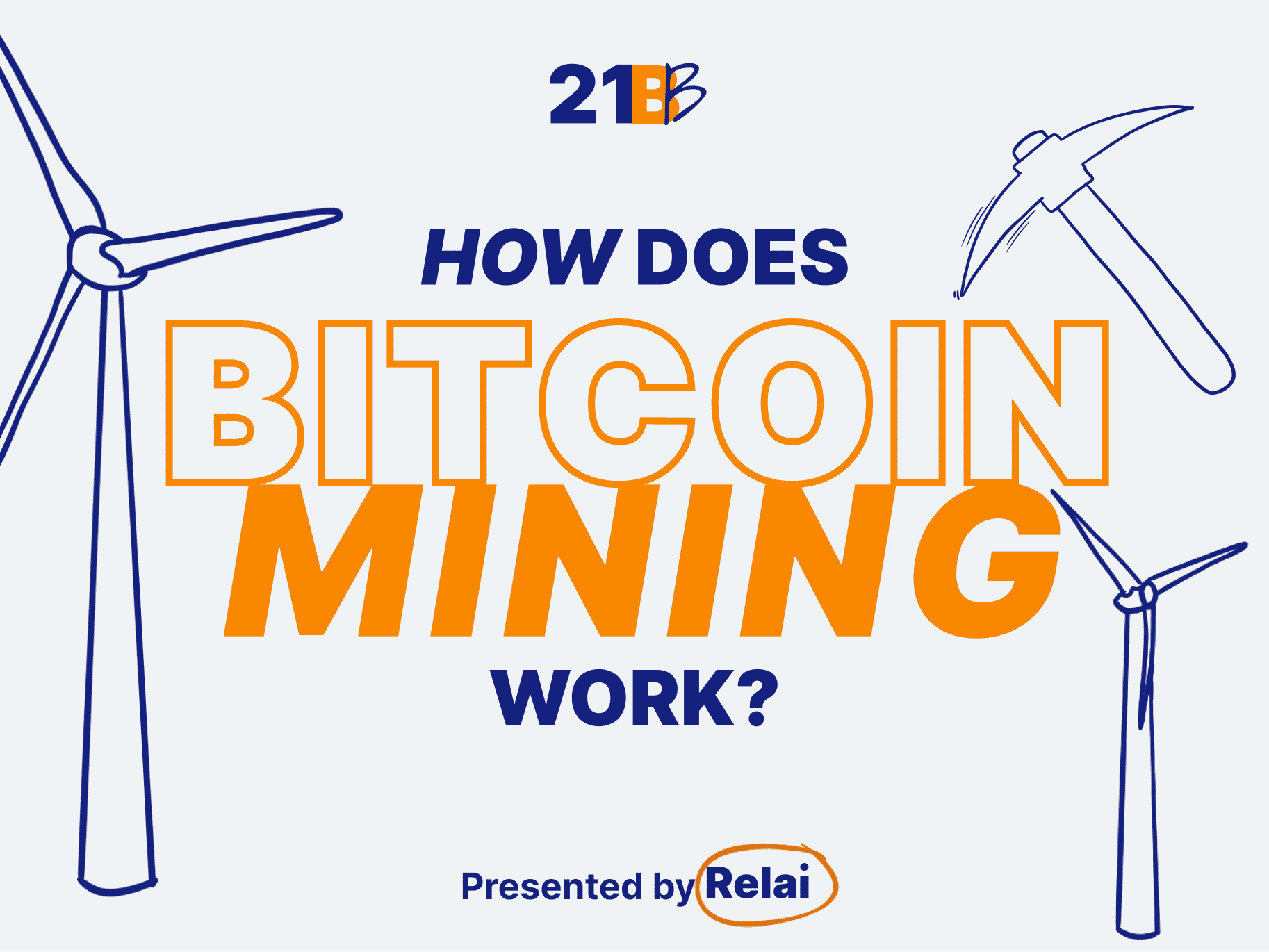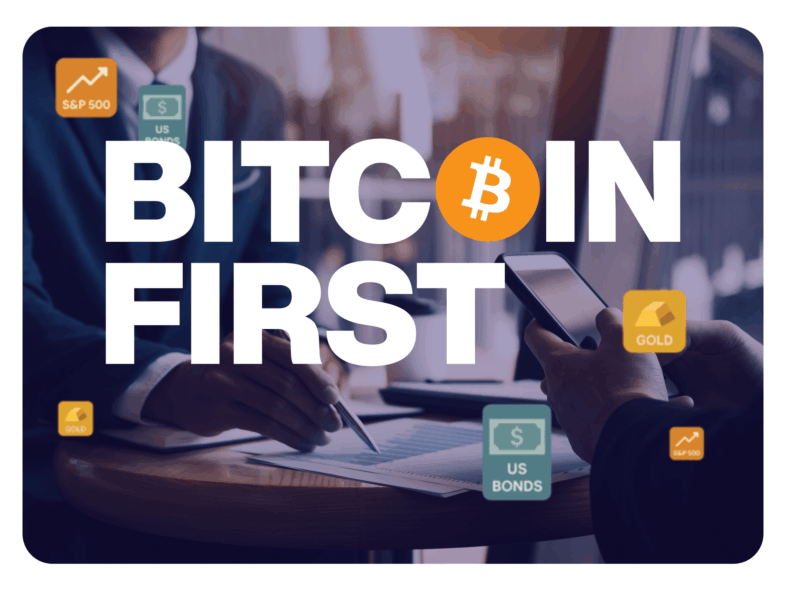Bitcoin mining and its proof-of-work process are both core elements of what makes Bitcoin what it is. They are also widely misunderstood. Let’s take a look at what Bitcoin mining is and how it works.
Why does Bitcoin need mining?
As you might already know, Bitcoin doesn’t have a central authority like a bank or company behind it. Therefore, it needs a different way of ensuring that money is not spent twice (“double spending”) and that everyone follows the rules of the fixed Bitcoin network.
This is where Bitcoin mining comes into effect. Thousands of computers around the world have a copy of the whole transaction history of the Bitcoin network since day one. This chain of blocks is also known as ‘blockchain’.
Those computers have a simple job: Secure the network and receive freshly found bitcoin as a reward for their effort. This part is genius because it incentivizes participants to secure the network by giving them fresh bitcoins.
How does Bitcoin mining work?
The Bitcoin network is secured by computers that have a copy of the transaction history and ensure that everyone follows the rules. We can call those computers ‘miners’.
Bitcoin transactions are packaged up into blocks, and every 10 minutes, a new block is added to the database of the Bitcoin network. Miners compete with each other to be the first one to add the latest block. The miner who manages to come out on top can ‘sign’ the block and will then receive freshly found bitcoins.
The word ‘mining’ is a bit misleading, as it’s more like searching for a needle in a haystack. Their calculations are not a ‘complex math puzzle’ as you hear sometimes, but they are just generating random numbers and hoping to guess the right one. The more energy miners put in, the faster they can generate random numbers and the higher their chance of actually signing a block. The mechanism behind this is called ‘proof-of-work’.
What’s a ‘block reward’? And what is the ‘halving’?
Two important aspects that are connected are the ‘block reward’ and the ‘halving’. We already mentioned the ‘block reward’, which is the newly found bitcoins miners get for adding a new block of transactions to Bitcoin’s database.
The amount of new bitcoins miners get as a reward for doing so is fixed and depreciates according to a fixed schedule. This is fundamentally different from gold, where new deposits can be found anytime.
When Satoshi Nakamoto started mining Bitcoin, the reward for adding a block of transactions every 10 minutes was 50 BTC. Then, in November 2012, the amount was cut in haf to 25 BTC. In July 2016 it went down to 12.5 BTC, and in May 2020 the Bitcoin network experienced its third ‘halving’, and since then miners have received 6.25 BTC per block.
Why is Bitcoin mining using so much energy?
Bitcoin’s energy usage is quite controversial. In the beginning, early adopters were able to participate in securing the Bitcoin network, they could sign new blocks and get fresh BTC as rewards with their Laptops or gaming PCs. However, Bitcoin mining soon became very competitive and professional.
Nowadays, most of the computing power of the total Bitcoin network comes from big mining farms that use specialized hardware called ASICs (Application-Specific Integrated Circuit), and they usually participate in so-called Bitcoin mining pools. Those pools allow their participants to receive a share of the block reward when one of them signs the latest block.
One interesting aspect is that Bitcoin’s energy hunger is increasingly satisfied by renewable energy. Bitcoin mining is already one of the greenest industries on the planet, with the trend pointing towards 100% renewable energy.
What happens when all 21 million bitcoins are mined?
Today, around 19 million bitcoin have already been mined – more than 90 percent of the total amount. Eventually, all 21 million bitcoins will be mined, and the incentive for miners to invest energy to get fresh BTC as a reward will disappear. In this case, miners will most likely still earn and get rewarded by the fees the network generates by processing transactions.
This discussion is still quite theoretical, as it is expected that the last bitcoin will be mined around 2140. The assumption is that the scarcer the supply of bitcoin becomes, the higher its value, which could make even small fee payments quite lucrative.
Takeaways:
- Bitcoin miners are competing to be the first ones to add the latest block to the Bitcoin blockchain. The miner who manages to come out on top can ‘sign’ the block and will then receive freshly found bitcoins.
- Most Bitcoin mining is happening at big mining farms that use specialized hardware called ASICs (Application-Specific Integrated Circuit), and they usually participate in so-called Bitcoin mining pools.
- Eventually, all 21 million bitcoins will be mined, and miners won’t get fresh BTC as a reward for adding blocks. In this case, miners will most likely still earn and get rewarded from the fees that the network is generating by processing transactions.
Disclaimer: Relai services are exclusively recommended for Swiss and Italian residents. None of this content constitutes investment advice. Always conduct your own research before investing in any digital asset.





